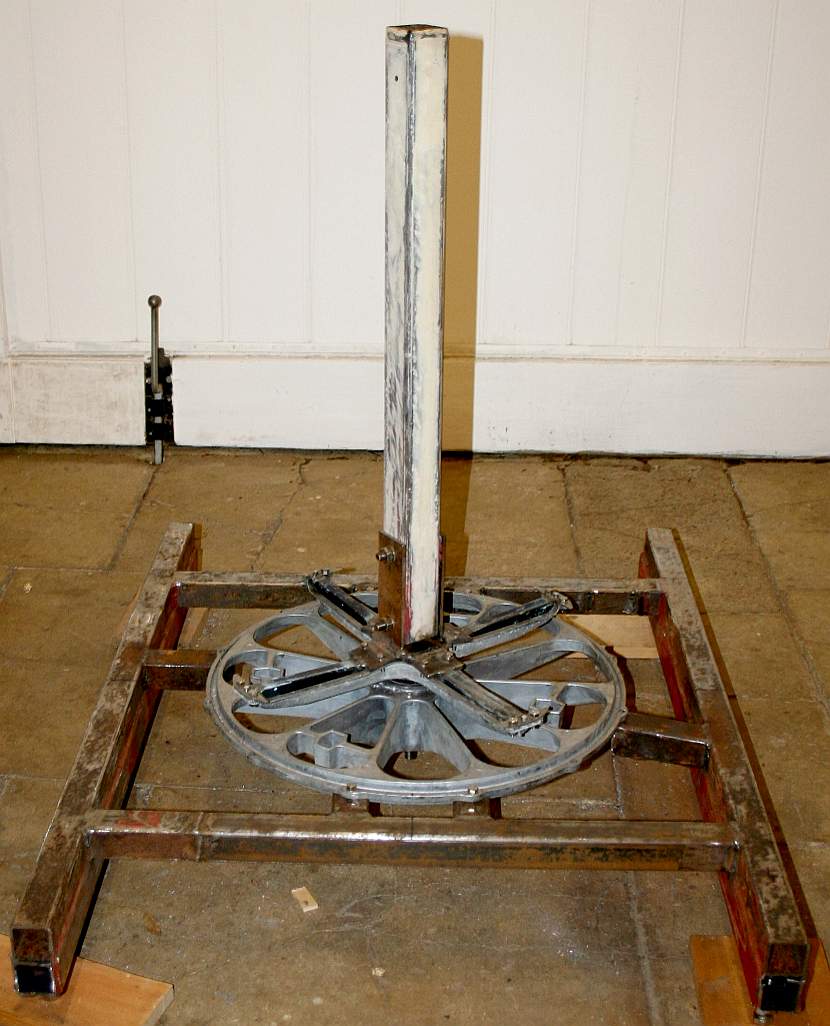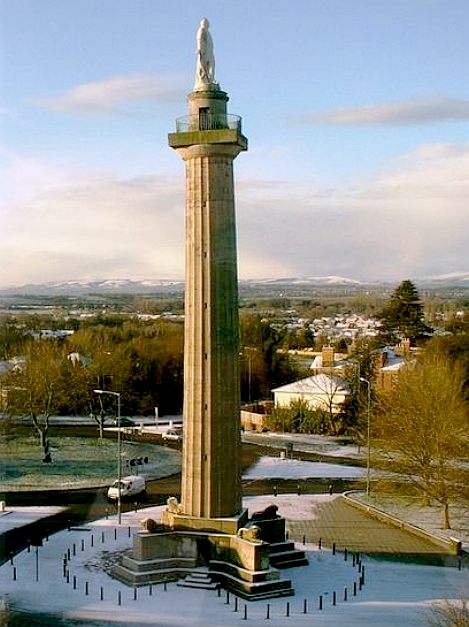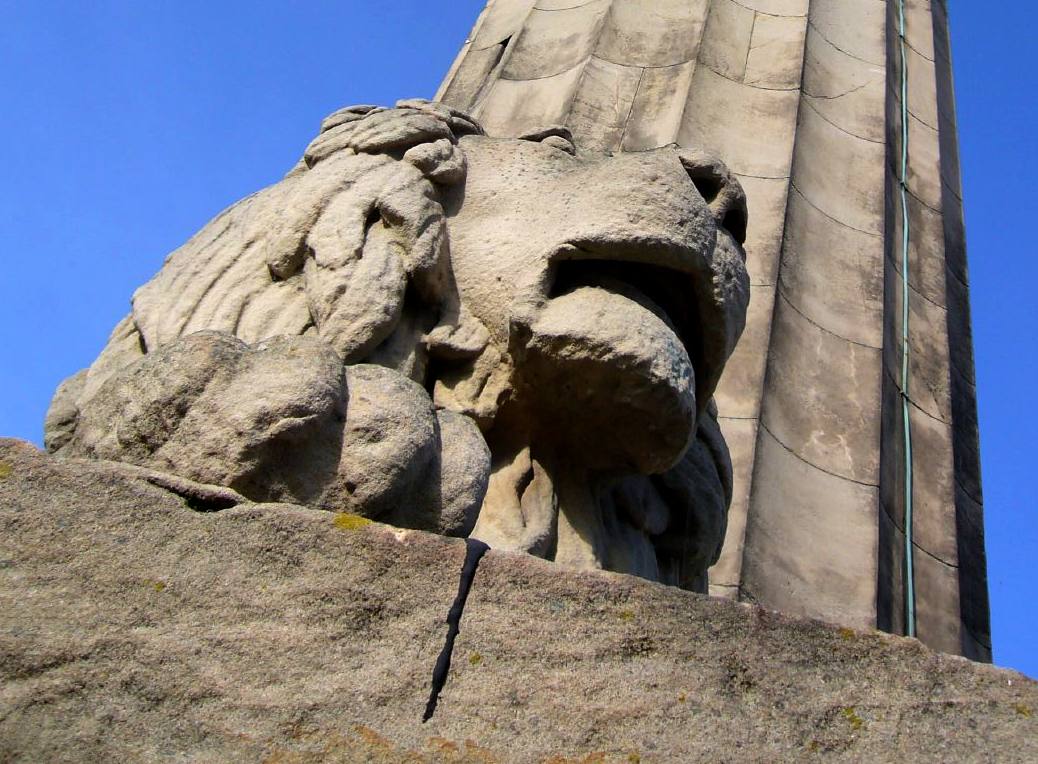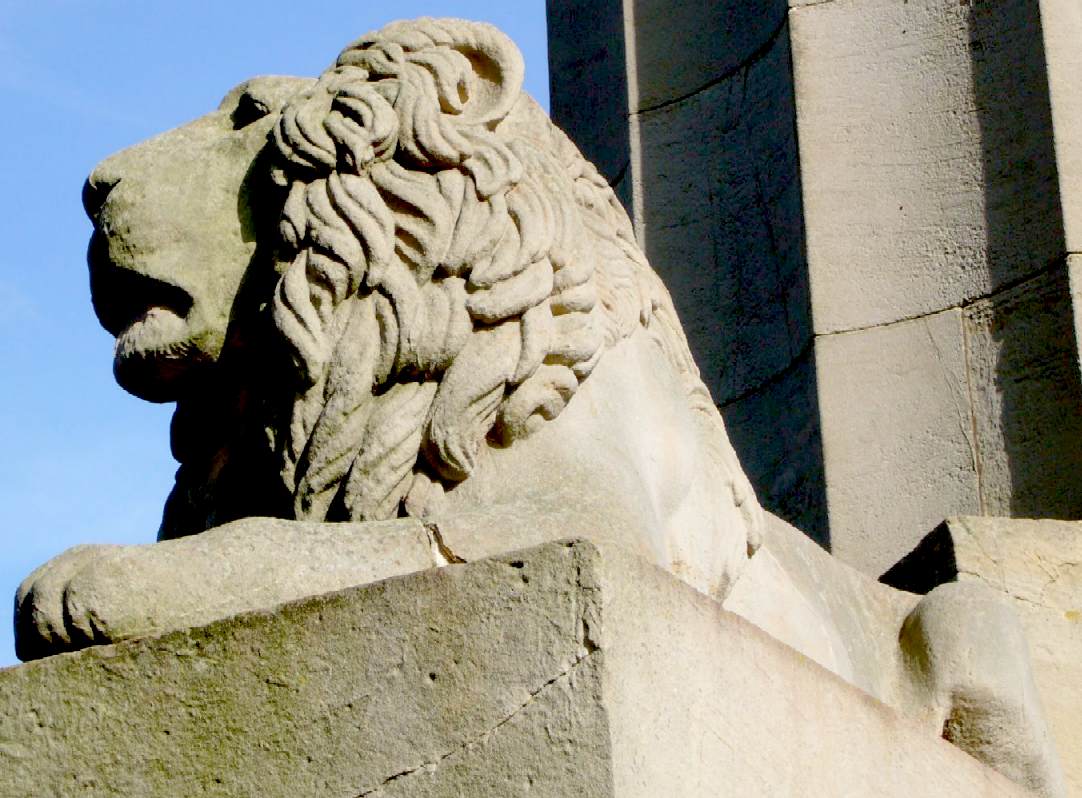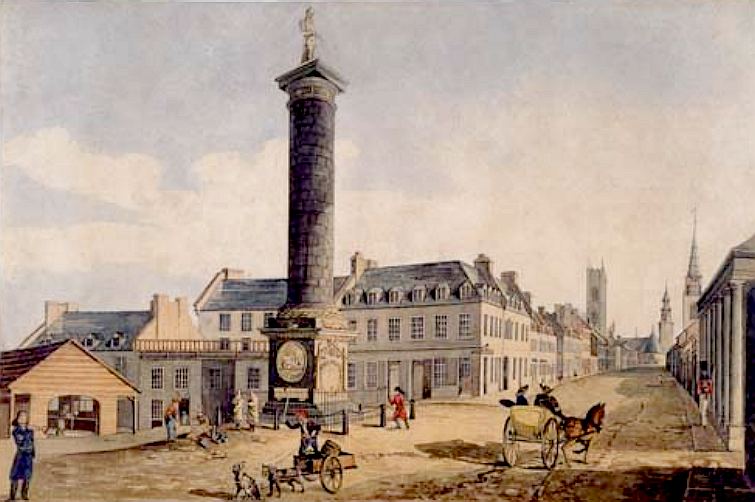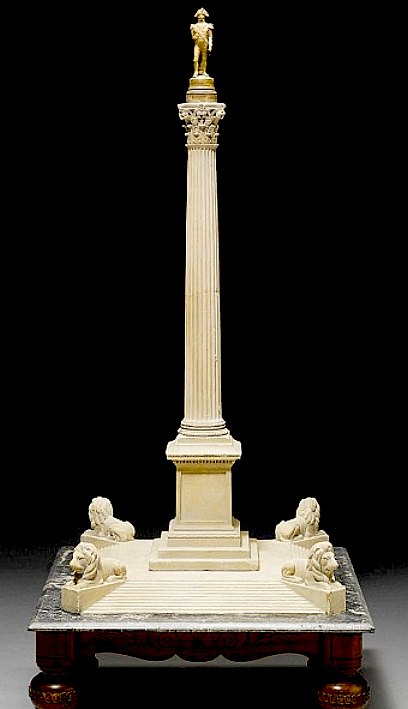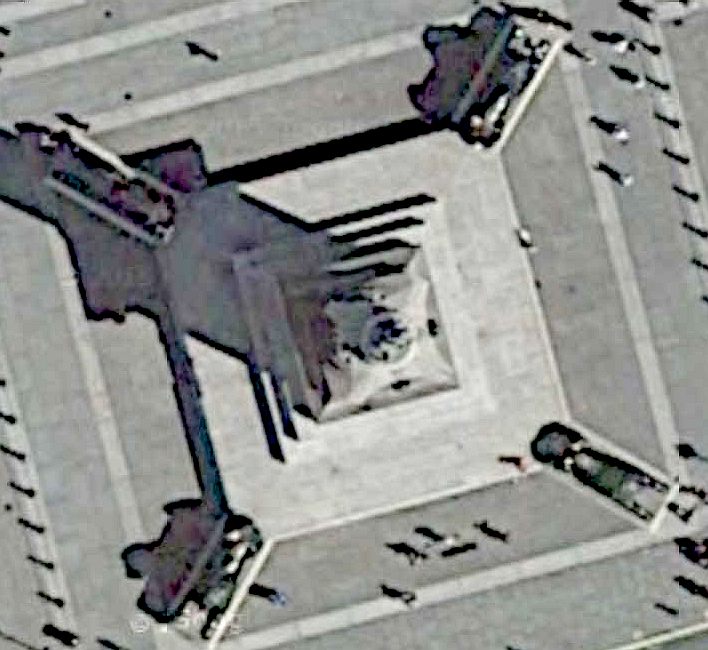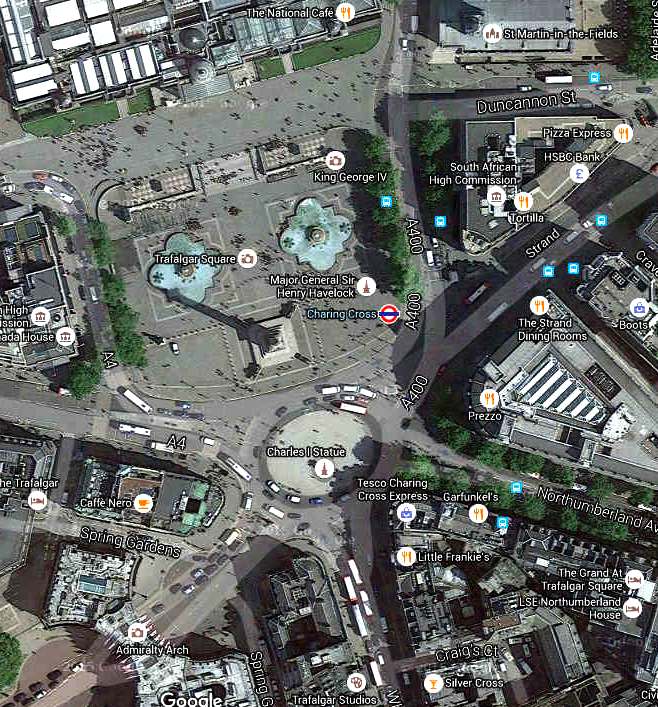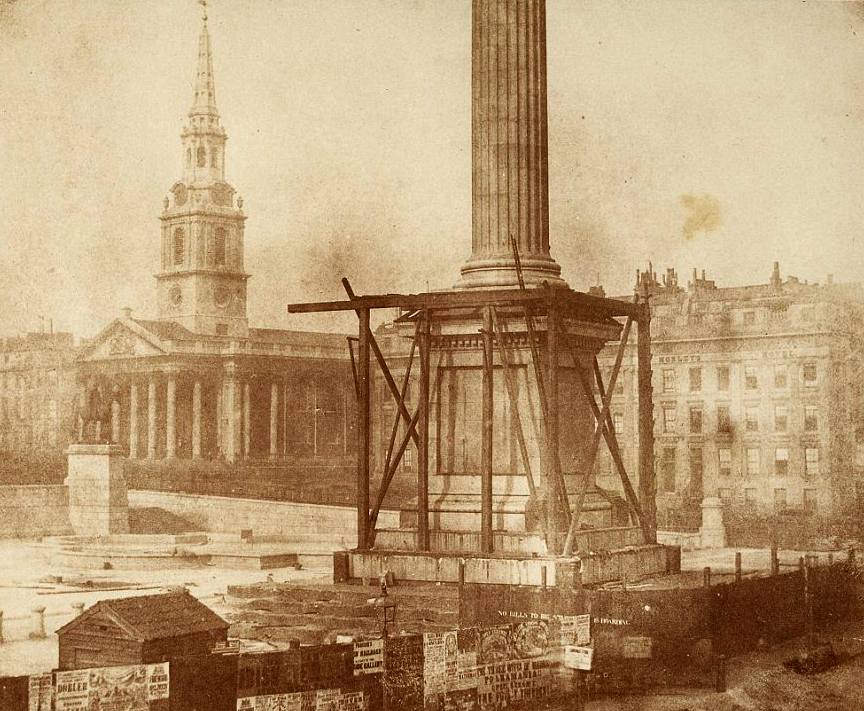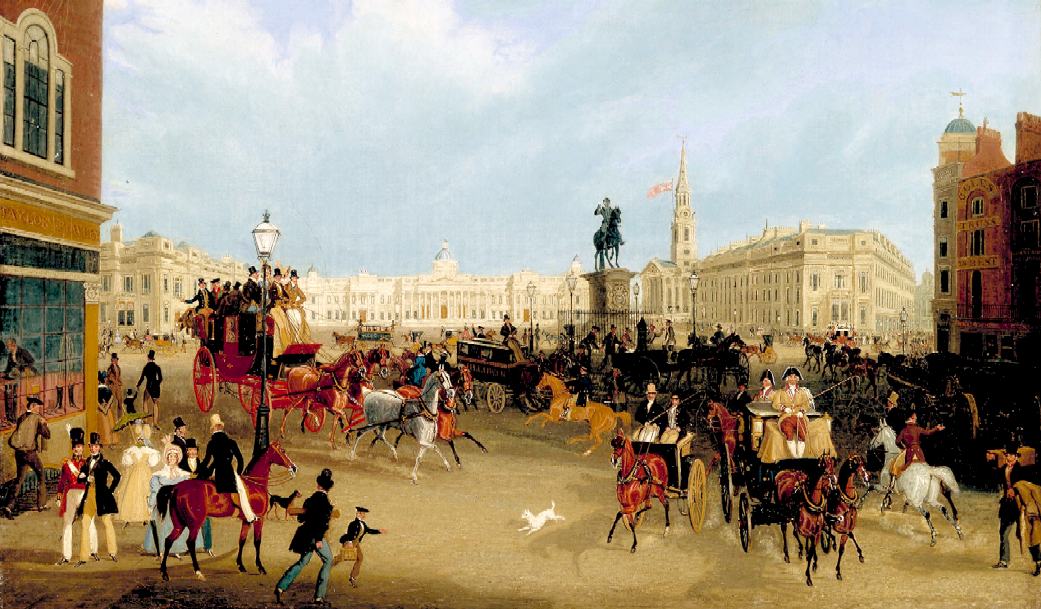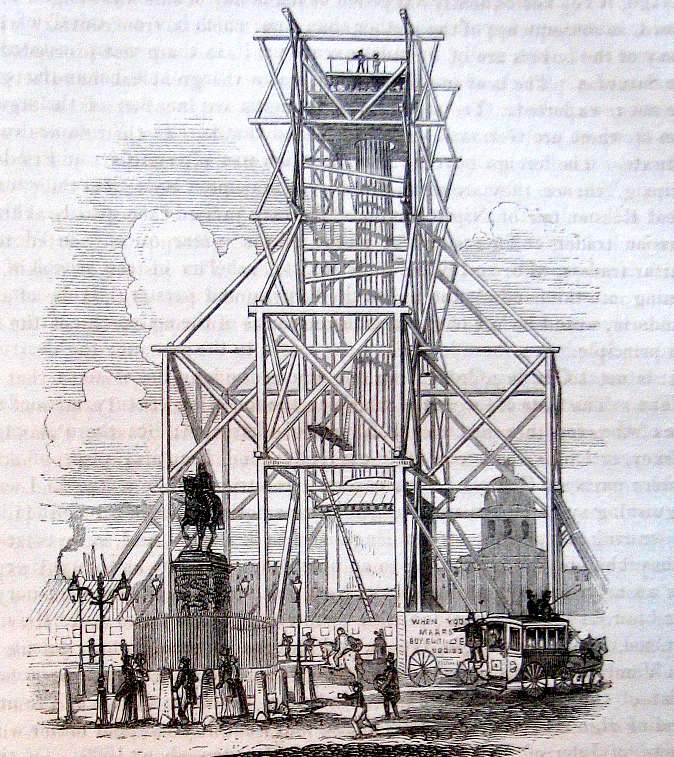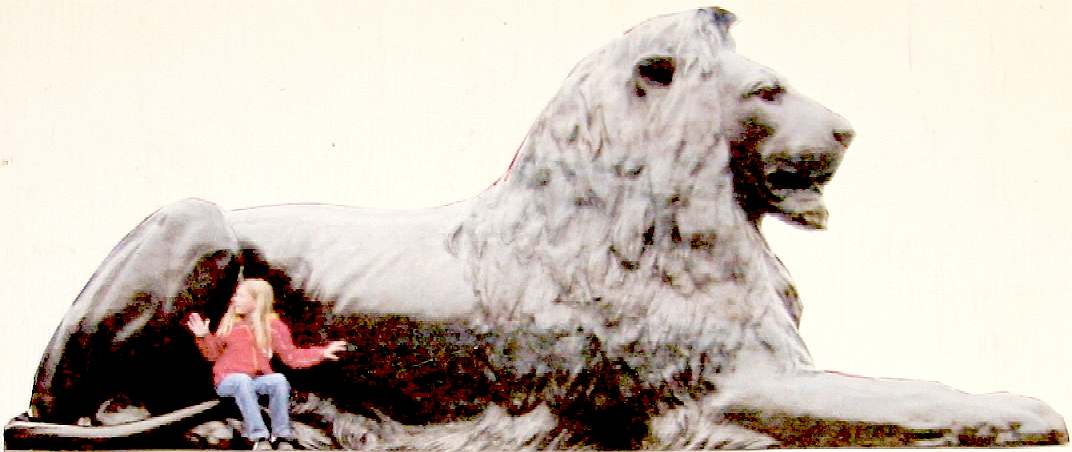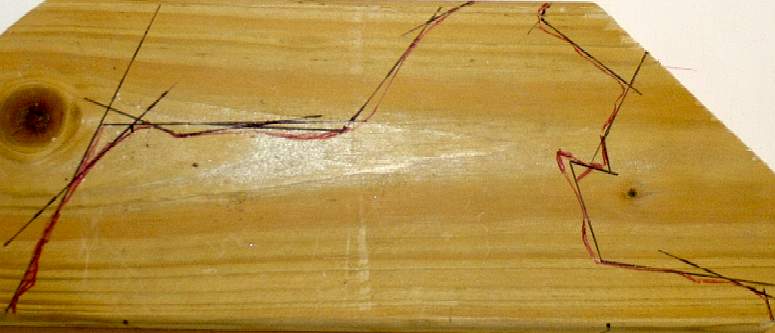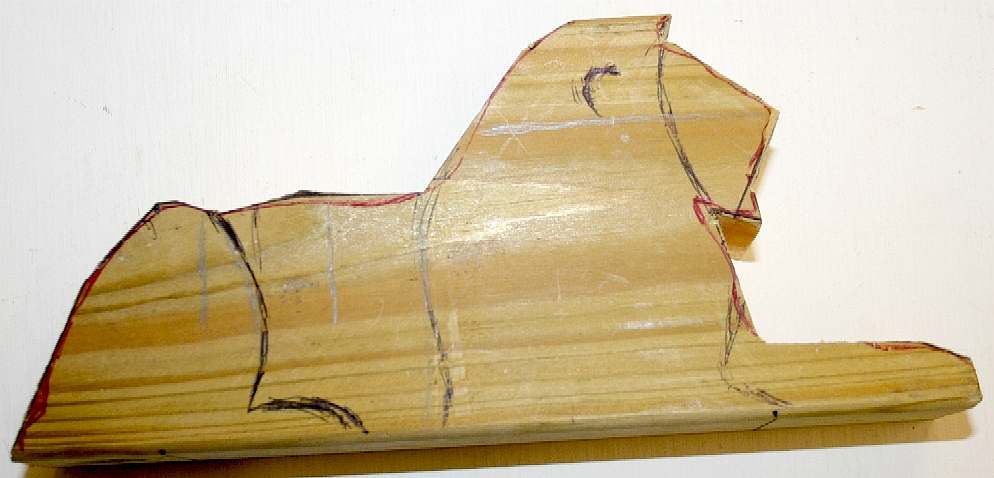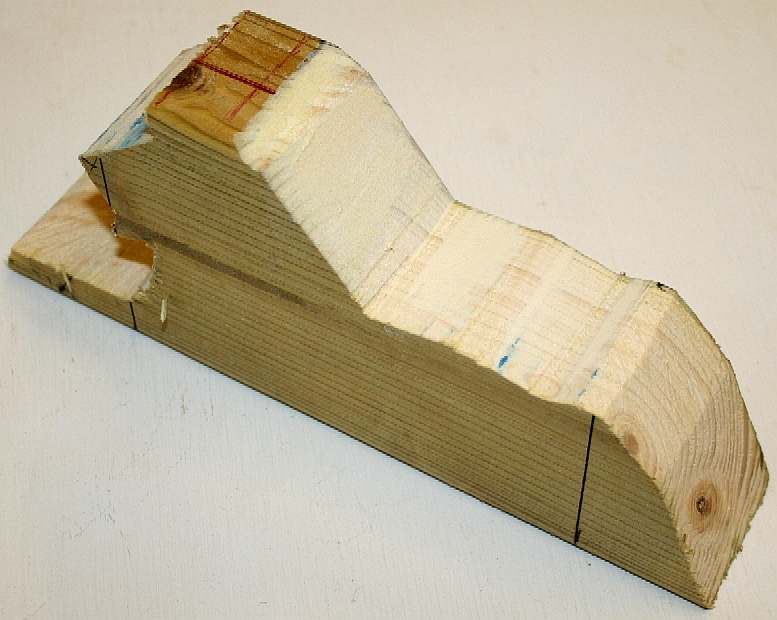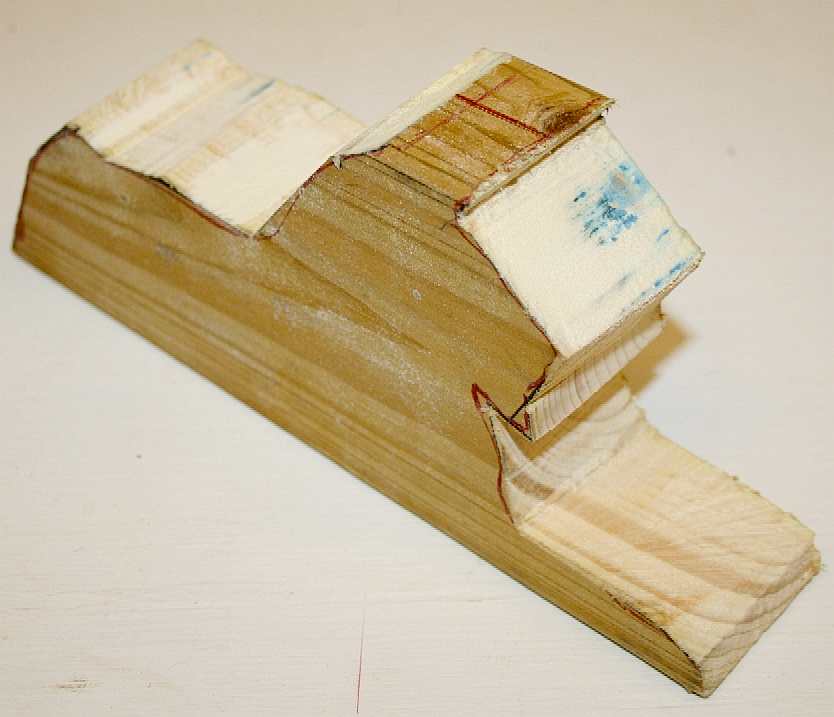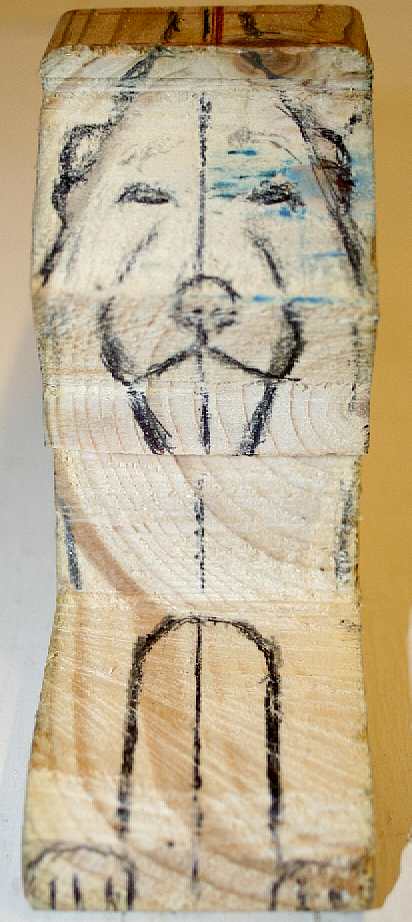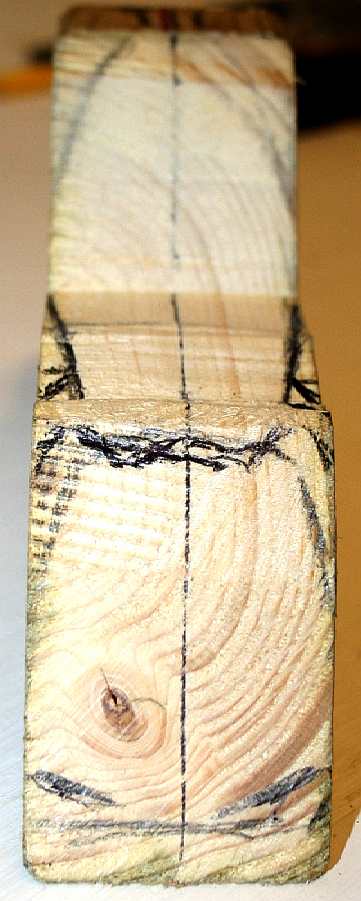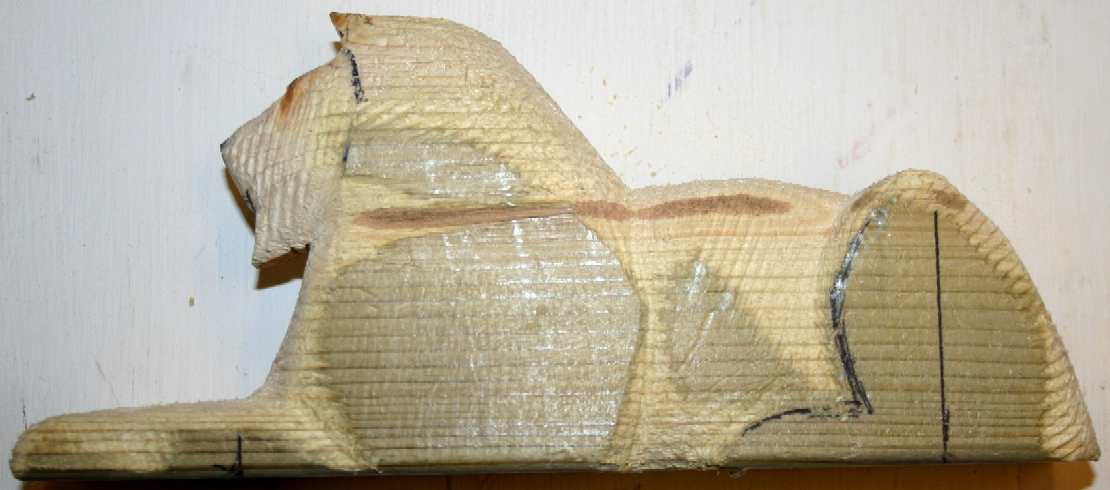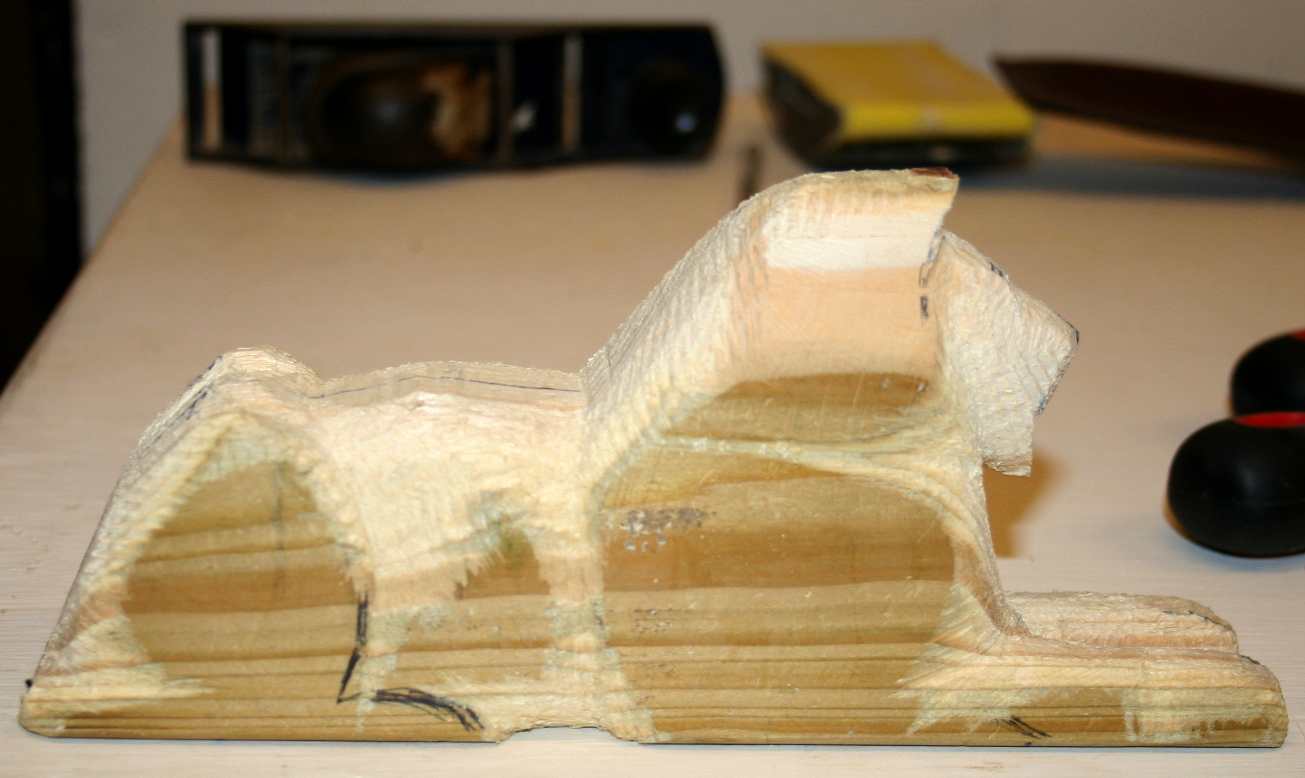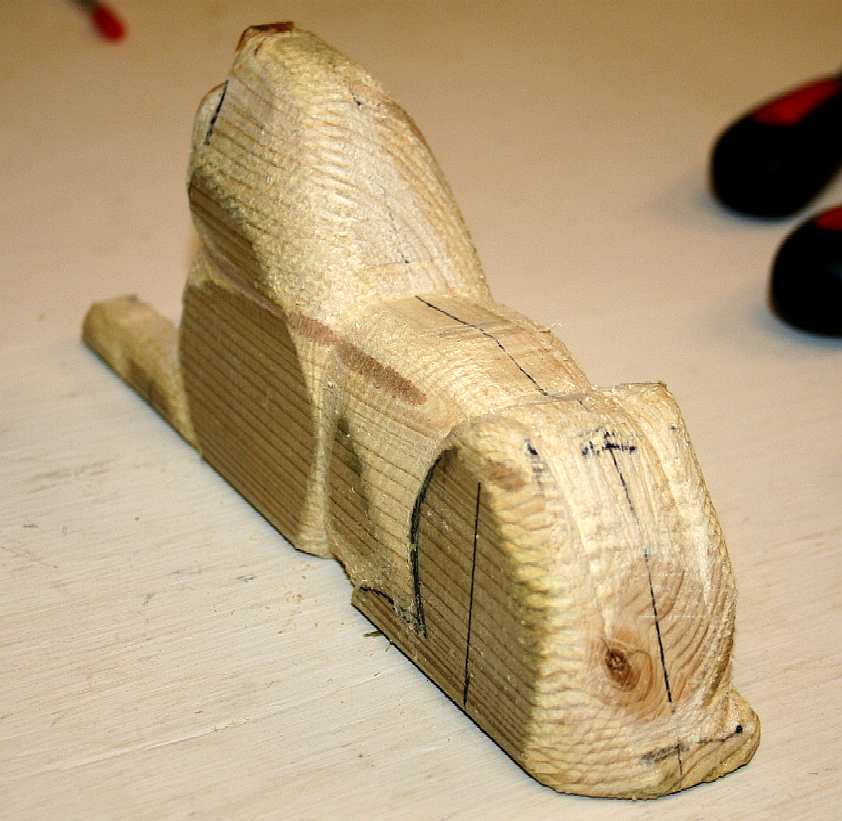|
INNOVATE2015 - THE LIONS @ NELSON'S COLUMN
|
|
|
LONDON, TRAFALGAR SQUARE - Landseer accepted the commission on condition that he would not have to start work for another nine months. There was a further delay when he asked to be supplied with copies of casts of a real lion he knew were in the possession of an academy at Turin. The request proved complex and the casts did not arrive until the summer of 1860. The lions were made at the Kensington studio of Carlo Marochetti, who also cast them. Work was slowed by Landseer's ill health, and issues with Marochetti. The sculptures were finally installed in 1867. That's close on nine years to create these four lions. We cannot wait that long, we've a show to get to further down the River Thames.
Most people will not know that doric columns are common for statues considered to be of some historic importance. Nelson's Column is without any doubt the most famous monument in this style, probably because of its prime location in the centre of Trafalgar Square, right in the heart of the City of London.
As a study for any artist this statue and the pedestal is worthy of note, as well as comparing the most famous with lesser known structures that appear to have all of the key features, but less of the flair. The more famous landmark is an accumulation of classic features incorporated in one magnificent composition that dominates that landscape - as of course it was designed to do. It would have been even more grand had budget cuts not forced the builders to reduce the height - again, something that would not occur to any tourist marveling at the granite sculpture.
One of the key decisions that would make Nelson's column stand out, was the decision to commission the best architects, sculptors and stone masons. This would ensure that the best materials would be used, and that the craftsmanship would do our most famous naval man justice.
NELSON'S COLUMN - Though not strictly speaking a doric column (yet) the pedestal radian assembly bears a striking similarity to that used for Nelson's Column in Trafalgar Square in central London. This monument was built to commemorate Admiral Horatio Nelson, who died at the Battle of Trafalgar in 1805. The monument was completed in 1843 to a design by William Railton at a cost of £47,000.
Unlike our steel pedestal, the famous London monument is decorated with four bronze relief's, each 18 feet (5.5 m) square, cast from captured French guns. It was refurbished in 2006 at a cost of £420,000. The monument is 169 ft 3 in (51.6 m) tall from the bottom of the pedestal to the top of Nelson's hat. Our stand is somewhat shorter at 6 feet, not including the SeaVax model that it is designed to hold at an angle of 45 degrees.
The cost of our show stand is under £70 because it is made from recycled parts that have no cost other than a few cutting discs. To put things in perspective, we costed the 40 and 50mm steel at £95 + delivery - recycling really does pay. The sum expended so far covers welding consumables and paints. We are not including, labour, design or other overheads, which in the commercial world would make such a one-off special way too expensive for just the one event - although some show stands that we know of cost in excess of £10,000. Now who is going to carve the lions?
LORD HILL - As you can see from the above picture, Nelson's Column is not unique. This monument uses the same layout with four lions as the base. What is missing is the square pedestal base that adds more overall height to the structure in London.
It is the tallest Doric column in England, standing at 133 ft 6 in (40.7 m). It commemorates Rowland Hill, 1st Viscount Hill, with a 17 ft (5.2 m) tall statue standing on the top of the column - the column is shorter than the 44.5m 'Monument to British Liberty' at Gibside, but the overall height of the column and statue is higher in total. The column was built between 1814 and 1816; its diameter is 2 ft (0.6 m) wider than Nelson's Column, and, not including the pedestal, is 15 ft (4.6 m) higher.
Lord Hill's Column, outside the Shirehall (Shropshire Council's headquarters), is one of the most notable landmarks of the town of Shrewsbury, Shropshire, England. The architect was Edward Haycock Snr, with modifications mainly to the pedestal by Thomas Harrison. The pedestal is square with a pier of buttress at each angle, on which are placed recumbent lions, worked of Grinshill stone (the same as the column) by John Carline of Shrewsbury. The statue of Lord Hill was modelled in Lithodipyra (Coade stone) by Joseph Panzetta who worked for Eleanor Coade.
STONE LIONS - The stone lions are nowhere near as imposing as those of Landseer, nor have they lasted so well as their bronze counterparts in London.
The first stone was laid on 27 December 1814 by the Salopian Lodge of Free Masons assisted by deputies from adjoining lodges, on the festival of St. John the Evangelist. The last stone was laid on 18 June 1816, the first anniversary of the Battle of Waterloo. The total expense was 5,972 pounds, 13 shillings and 2 pence (approx. £202,831.48 at 2005 prices).
The structure once stood at the centre of the crossroads there, but the junction is now set aside from the column. The column also gives its name to a borough ward, which is simply "Column" ward. It is possible to climb within the column using steps to reach the top. The column has been listed by English Heritage as a Grade II* structure.
As of May 2013, the Shropshire Council is seeking the best solution to falling debris from the statue caused by heavy winds. The statue has been cordoned off for passersby protection. It is a landmark and its preservation and restoration is said by some people to be of paramount importance. The column is to be open to the public during the summer and autumn of 2015 as part of the bicentenary of the Battle of Waterloo.
MONTREAL - Another monument to Horatio Nelson, this time in Montreal, Canada. This is a painting in the McCord Museum
GETTING TALLER - [Left] The steel column is seen here with the extendable inner slotted in place. The ability to adjust the height is useful in different locations where height restrictions may apply. The heavy section steel and relatively wide footing makes this stand difficult to overturn. That of course was one of the most important design parameters: stability. The pedestal to column coupling reminds us of the swash drive on the famous Volkswagen Beetle rear axle. If it was good enough for Professor Porsche, it's good enough for us. Interestingly, Ferdinand Porsche was famous for battery electric vehicle before his air cooled boxer engine for the people's car. He also used two front hub mounted wheel-motors in the 14 horsepower 1889 Lohner-Porsche. He followed this up with a four-wheel drive version that also had an IC generator onboard to give us the first electric/petrol hybrid car. Now that is some serious innovation. Porsche would have attended exhibitions like Innovate2015.
SCALE MODEL - [Right] A 1:50-scale stone model of the column, made by Railton (Auctioned at Bonhams Nov 2010), shows he had wanted an even more magnificent edifice - 200ft tall, standing on a high, stepped pedestal, guarded by four enormous, stone lions. But the finished column was 30ft shorter and, initially, there was not a lion to be seen. Angry at what he saw as the emasculation of his design, Railton refused to attend the official unveiling in 1853 - and who can blame him.
OBJECT RECOGNITION - This is as close up as Google maps gets using their satellite setting. In other regions the definition is better, as with the street function. You can though see that the pedestal cross-trees form the same shape as Nelson's Column, as with our show stand. Now all we need is a lion in each corner. See more details of the pedestal below.
TRAFALGAR SQUARE - Soaring 170ft into the sky above London’s Trafalgar Square, the fluted, 2,500-ton column is an awesome sight. The sturdy monument, built of Dartmoor granite, is located at the intersection of The Strand and Northumberland Avenue, lovely for Monopoly players. The National Gallery and Admiralty Arch are sights worth seeing in this location. Use Google maps or other similar services to plan your journey. Does this not remind you of the Arc de Triomphe de l'Étoile, Triumphal Arch of the Star, one of the most famous monuments in Paris. It stands in the centre of the Place Charles de Gaulle (originally named Place de l'Étoile), at the western end of the Champs-Élysées.
CONSTRUCTION
- The 1840s saw the first successful attempts at outdoor scenic photography, with William Henry Fox Talbot setting up his trail-blazing camera in 1844.
Even at the time, this delay was thought to be a disgrace. Immediately after his death at Trafalgar in 1805, there had been calls for a suitably impressive tribute in Central London.
Smaller monuments had started to be built in different places — from the far west of
Ireland to the Scottish Highlands.
The column’s height was slashed by 30ft after the Victorian pioneers of today’s health and safety culture argued that the full 200ft was dangerously high.
The idea of four stone lions was also ditched (Landseer’s bronze alternatives,
modeled from a dead big cat from a zoo, were not added at the foot of the column until 1867), and the steps were removed.
EDWIN LANDSEER - This is a photograph of one of Edwin's bronze lions in London. From this side view we can mark out a wooden block, in this case a piece of softwood measuring approximately 50 x 100 x 220mm. If you are not good at working with wood, use clay. Clay is much easier and quicker to work with - and of course you do not have to worry about grain imperfections.
BLANK - Even though just an outline shape, the block above is still lion like. It was tempting not to go much further. So, the dimensions and templates were saved, just in case we decided to go back to something more modern in approach.
DETAILING - The devil is in the detail. It is so easy to make a roaring beast like a lion look like a pussy cat using soft curves, where harder lines are called for. Our artist tells us that once he has made a rough like that seen above, then the fun begins. A carving will be as good as the time you spend on it. You must of course be skillful and have suitable tools, but time and attention to detail in more important. We are not looking for a work of art, we simply want a lion that will complement the revolving stand theme - based on Trafalgar Square. We are not allowing more than 24 hours from this exercise. So less in more.
LANDSEER - Trafalgar Square is famous for Nelson's Column and the four lions that symbolically guard each corner of the Empire's compass. In 1858 the British government commissioned Sir Edwin Henry Landseer to make four bronze lions for the base of Nelson's Column in Trafalgar Square. As you might imagine, even for an accomplished artist this must have seemed a daunting task. Our artist decided to have a look at carving a simplified version of Landseer's splendid works from a wooden block. The team have not yet agreed to incorporate the lions, it is just an art exercise at the time of writing using photographs of the Lions that Sir Edwin carved as inspiration.
LINKS & REFERENCE
UK Trade and Industry Innovate 2015 http://www.innovate2014.co.uk/ http://www.hripley.co.uk/ https://www.events.ukti.gov.uk/innovate-uk-2015/showcase/bluebird-marine-systems-ltd/ Daily Mail UK news science technology how Nelson's column was cut down in size by 30ft http://www.dailymail.co.uk/sciencetech/article-1322027/How-Nelsons-column-cut-size-30ft.html https://www.events.ukti.gov.uk/innovate-uk-2015/showcase/bluebird-marine-systems-ltd/ http://www.keepbritaintidy.org/ http://www.nytimes.com/2015/03/15/nyregion/the-wet-wipes-box-says-flush-but-the-new-york-city-sewer-system-says-dont.html http://www.kentonline.co.uk/canterbury/news/wet-wipes-to-blame-for-5236/ http://www.theguardian.com/environment/2015/jan/28/sea-turtles-fall-victim-to-alarming-flood-of-plastics-entering-australian-waters http://www.mcsuk.org/ http://www.theguardian.com/environment/2015/mar/19/dont-flush-wet-wipes-toilet-conservationists http://www.hripley.co.uk/ https://www.events.ukti.gov.uk/ http://www.businessopportunities.ukti.gov.uk/ https://www.events.ukti.gov.uk/innovate-uk-2015/registration https://www.events.ukti.gov.uk/innovate-uk-2015/
|
|
|
OLD BILLINGSGATE - Bluebird Marine Systems are an approved exhibitor for Innovate2015. Never mind the declining fish stocks and toxins in our food chain, why not visit us in London in November to talk about your pollution problems. The SeaVax might be right for your council's duty to meet with European bathing water standards. What is interesting is that most of the beaches in the UK do meet with the *** star and above rating (good) when in reality the beaches are strewn with waste. This tells us that European standards are not taking into account plastic pollution. Hence, not requiring local authorities to do anything about the rubbish on their doorstep. The problem with local authorities is that unless you tell them to do something - usually with the threat of some serious penalties, they will not be proactive.
SEAVAX TO THE RESCUE - Like a scene from the 'Thunderbirds' television series and International Rescue, the SeaVax autonomous vessel could offer a solution to ocean pollution. Please help us to make that a reality by supporting our project.
|
|
|
This
website is Copyright © 2014 Bluebird Marine Systems Ltd. The
names Bluebird™,
Bluefish™,
Miss
Ocean™, SeaVax™ and the blue bird in flight
|
